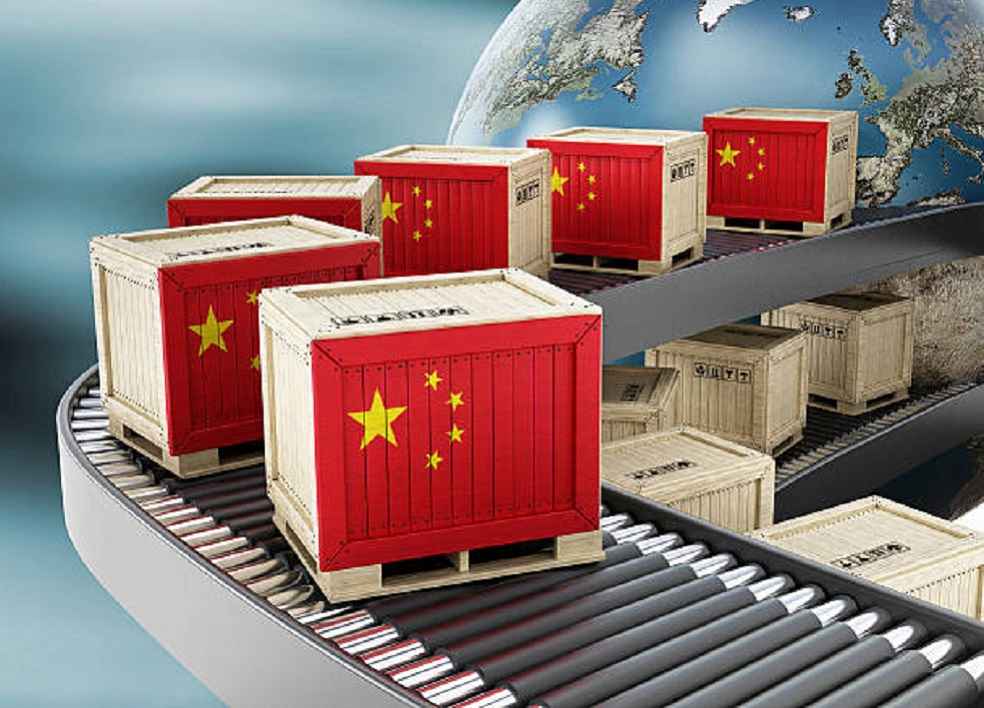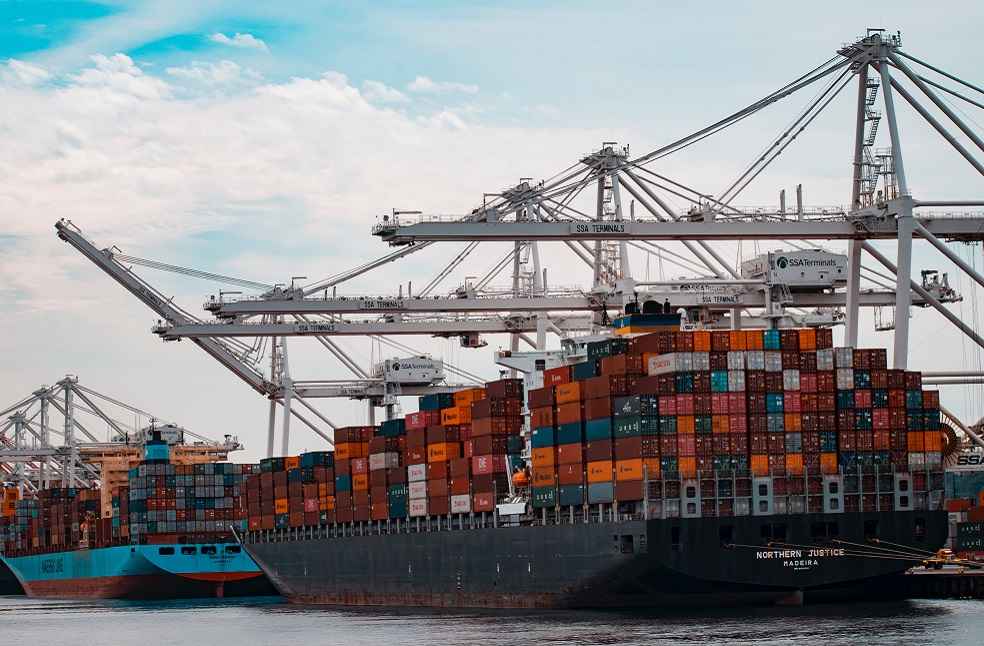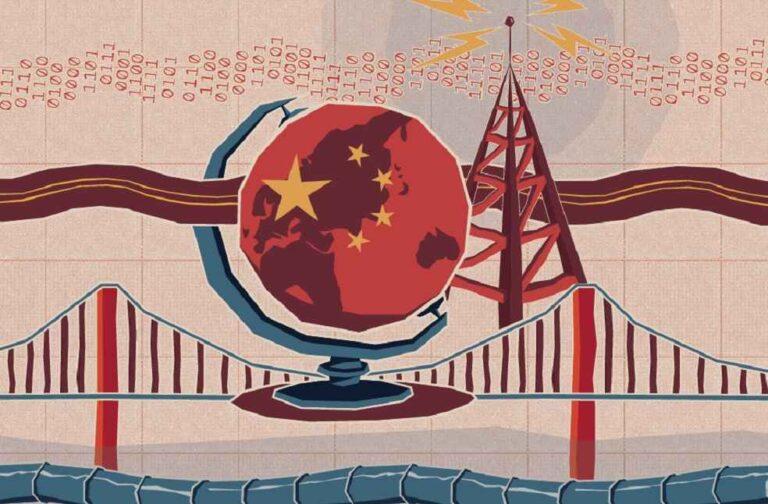China announces an enhancement of its free trade agreements (FTAs) and free trade zones (FTZs), as revealed by the Ministry of Commerce (MOFCOM) during a press conference on Friday. China’s unwavering dedication toward high-level opening-up and multilateralism, aiming to stabilize foreign trade during a volatile global economic climate.
MOFCOM targets increasing trade volume with FTA partners to approximately 40% of China’s total foreign trade by 2030. Current negotiations include the ASEAN-China FTA 3.0 Upgrade, discussions with Honduras, El Salvador, and New Zealand, and the promotion of the China-Japan-South Korea FTA. Additionally, significant efforts are directed toward FTAs with the Gulf Cooperation Council, Norway, Switzerland, and Bangladesh.
New FTAs will further liberalize commodity trade, expand zero-tariff products, and enhance openness in key sectors such as telecommunications, healthcare, and tourism. A comprehensive document will soon be released to boost FTZ development, using these zones to open markets for commodities, services, and capital.

With global trade facing rising uncertainties and restrictions, China employs bilateral mechanisms to help enterprises navigate trade barriers and expand internationally. MOFCOM focuses on fostering new growth avenues in foreign trade, improving competitiveness, and deepening partnerships to maintain stable global industrial and supply chains.
FTAs serve a crucial role by providing a stable market environment and favorable trade conditions, enabling foreign trade enterprises to thrive amid external challenges. Wang Peng, an associate research fellow at the Beijing Academy of Social Sciences, highlights that these agreements attract foreign investment, drive industrial upgrades, and foster technological innovation, thus enhancing China’s competitiveness and sustainable development.
China’s foreign trade reached record highs in the first half of the year, marking a 6.1% year-on-year increase to 21.17 trillion yuan ($2.9 trillion). Imports totaled 9.04 trillion yuan, up 5.2%, while exports stood at 12.13 trillion yuan, a 6.9% increase. A MOFCOM survey of 16,000 key foreign trade enterprises showed that over 70% anticipate export growth for the year.

China’s accelerated free trade cooperation sends a clear signal of support for opening-up amid rising global trade protectionism. This initiative injects vitality and certainty into the global economy, offering significant opportunities for international trade partners. MOFCOM will advance FTA negotiations, support high-quality product imports, and attract more foreign capital for long-term investment.
Bai Ming, a research fellow at the Chinese Academy of International Trade and Economic Cooperation, emphasizes that the development of FTZs and FTAs represents China’s high-level opening-up strategy. This framework promotes regional integration, leveraging comparative advantages and achieving complementary cooperation, thus solidifying the foundation for sustained economic collaboration.
TRADE WORLD | Vietnam PM Chinh Targets $20 Billion Trade Goal with India at Business Forum



